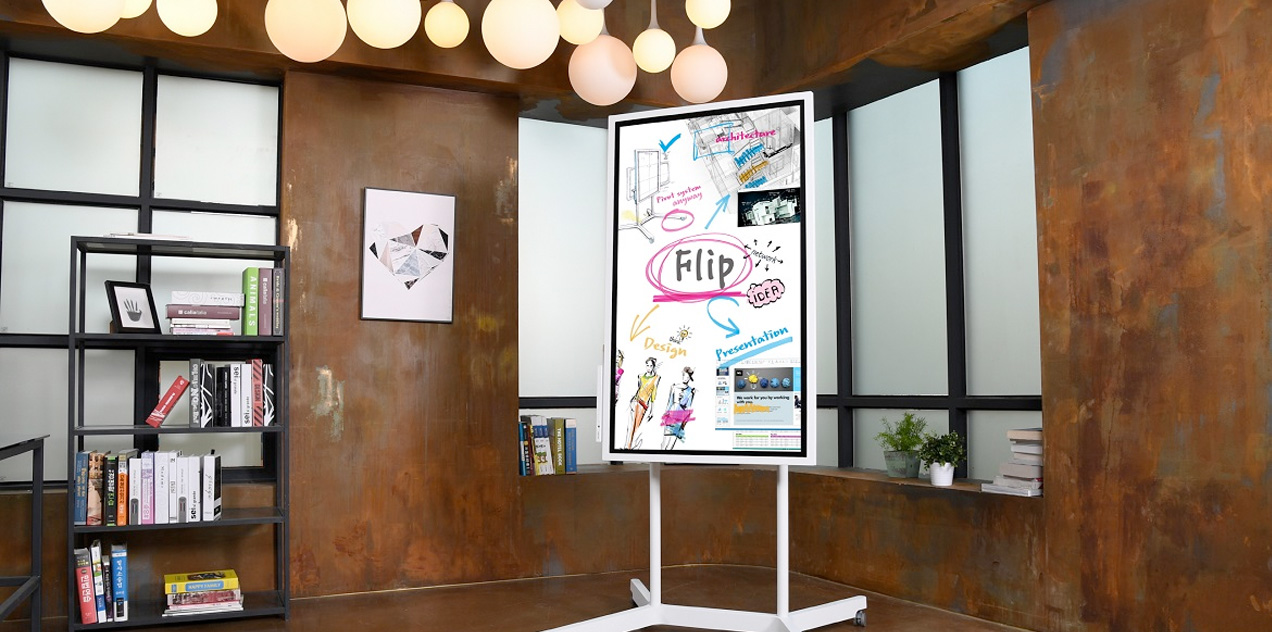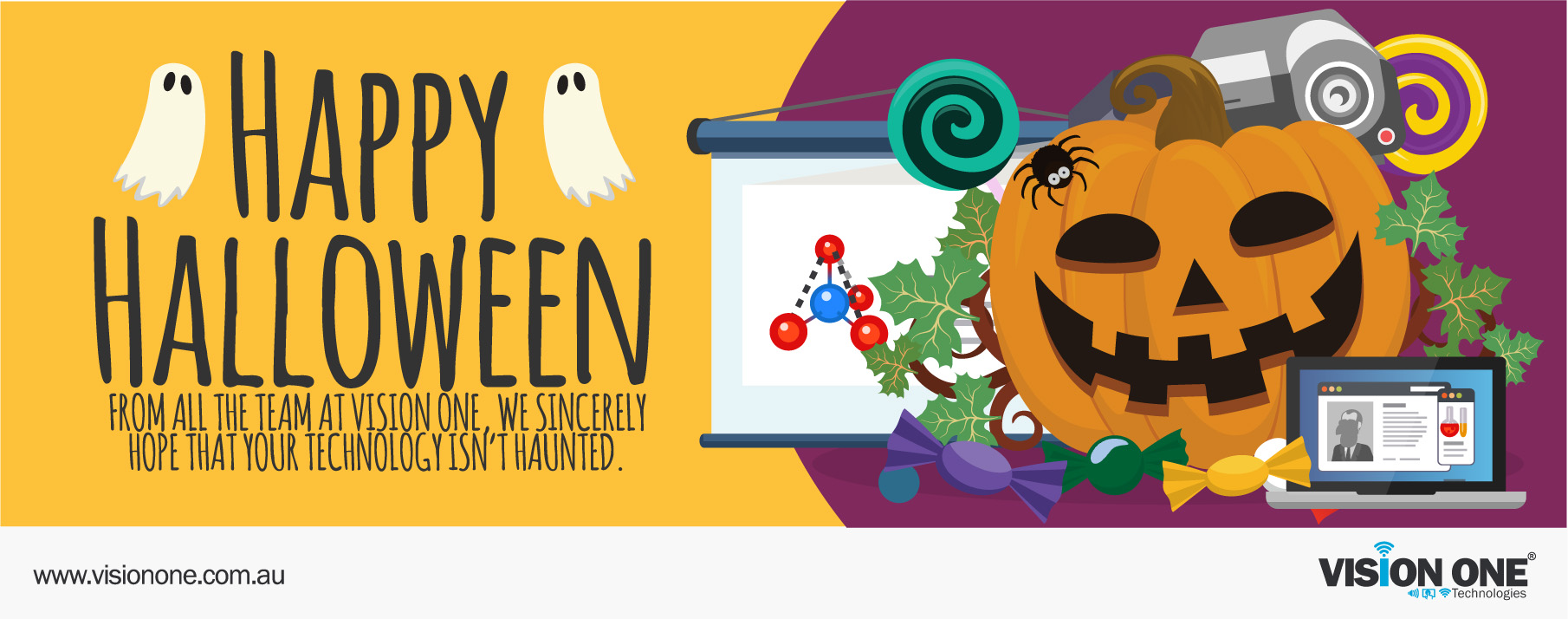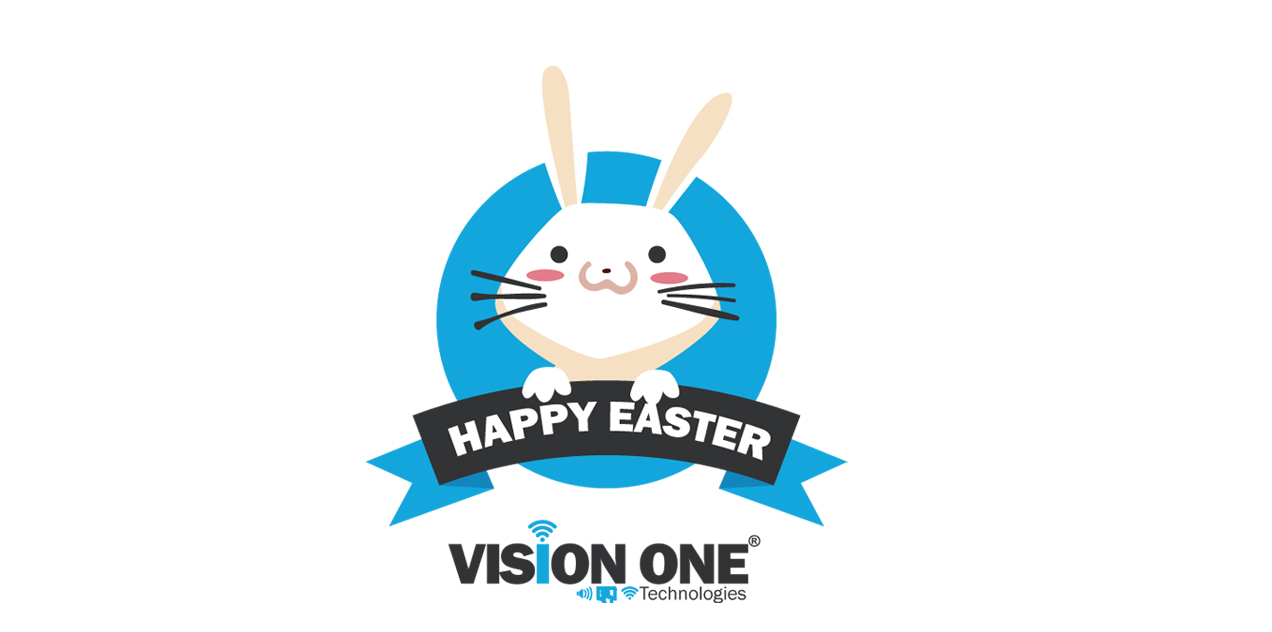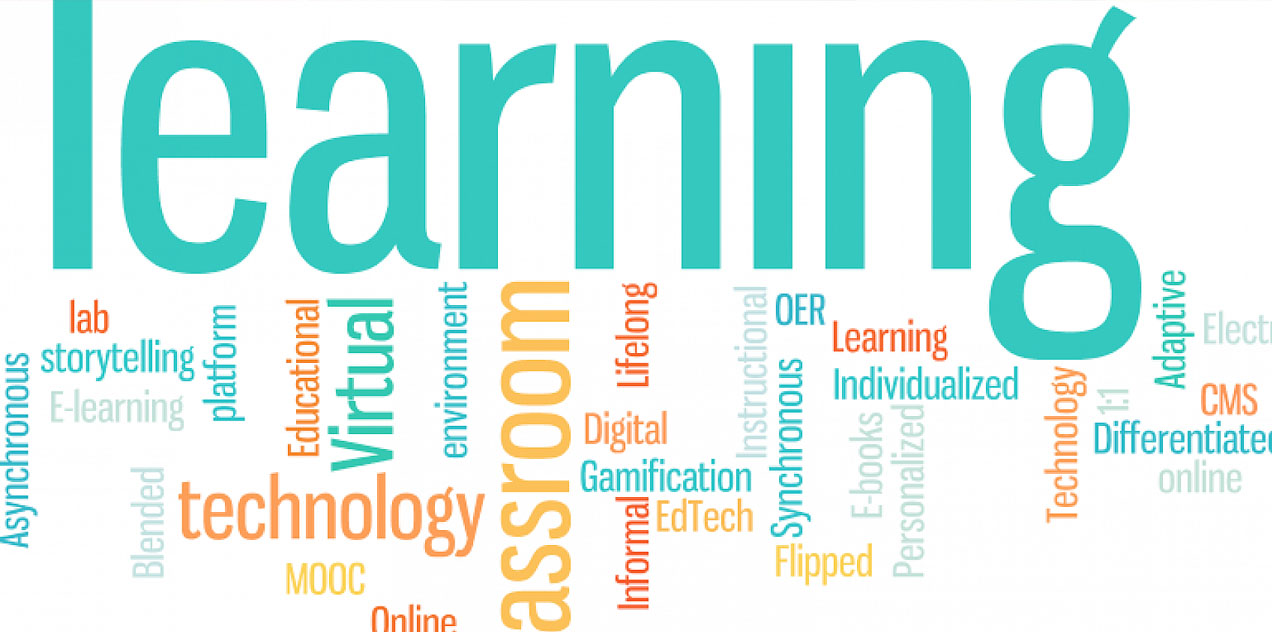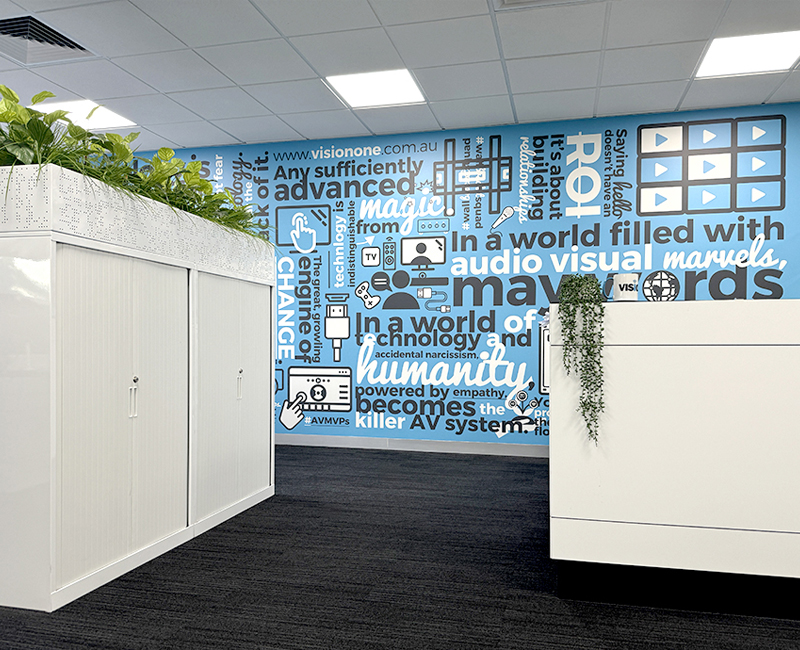10 Things Every Touchscreen Buyer Should Know
via @iBoardTouch: Just like with purchasing a house, buying a touchscreen can be a daunting...
Introducing ‘Flip’: Samsung’s Giant Digital Whiteboard
via @Gizmodo: Samsung has a vision for a "workplace of the future" - and it...
Happy Halloween From the Team at Vision One!
Vision One expresses its scariest wishes to our clients and their families over the #Halloween...
Welcome Aboard Kevin Allen!
It might seem as if we've exhausted the collective AV prowess out of New Zealand...
Happy Easter From the Team at Vision One!
Vision One expresses its warmest wishes to our clients and their families over the #Easter...
6 New Technology in the Classroom Tricks
As we’re well into the 21st century, we have witnessed an unprecedented upheaval in the...
Five Strategies for EdTech Success During the School Year
Before your students even enter the classroom, here are five strategies you can implement make...

